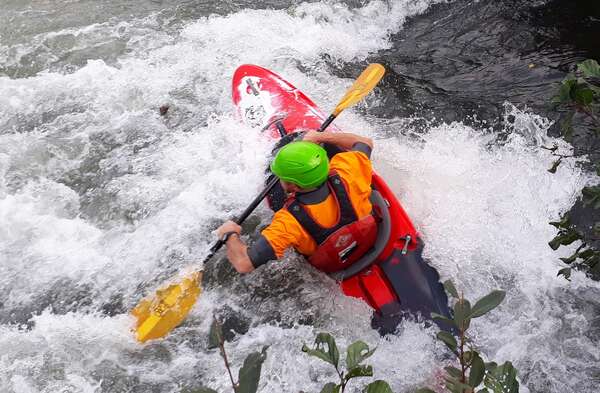Introductory White Water Course
14th December 2025, 10:30 - 13:00
 |  |
Introduction to white water kayaking skills course:
This course has been developed by Scamell Coaching as a “hybrid” course which covers specific kayaking skills that can be learnt on flat water and then applied to a moving water situation. There is usually some moving water at Yalding Weir but the mix of flat water/moving water coaching will be dependent on how much the weir is running and the level of the participants skills. The high sculling support element of this course is extremely useful if you wish to learn/improve your eskimo rolling technique.
Venue: The WhiteWater Action Medway, Twyford Bridge, Hampstead Lane, Yalding, Kent. ME18 6HG.
Coach: Grant Scamell - Scamell Coaching/British Canoeing Level 5 White Water Coach.
Equipment:
Please provide your own equipment - white water kayak and appropriate gear for the weather conditions.
Because these courses are run over the Autumn/Winter season it is essential that participants have good quality protective gear to protect themselves from the cold conditions. This means either a high quality white water cag and a long-john wetsuit or ideally a good quality dry suit. A kayaking helmet and neoprene boots/shoes are also essential. If you would like advice on this or need to purchase any of the above before the course, we would thoroughly recommend talking to Sam at Kent Canoes, he always gives great unbiased advice: - www.kentcanoes.co.uk
Cost: £65.00 per person.
Timing: 10.30am to 1.00pm
The course covers the following techniques:
Low brace turns:
This technique allows us to support the kayak on it's edge whilst entering a fast moving jet of water.
We cover the following points during this session:
1. The appropiate boat speed before entering the jet of water.
2. Proactively raising the upstream edge of the kayak before the bow of the kayak crosses the eddy line.
3. Crossing the eddy line at the right angle - which is dependent on our desired outcome.
Low support strokes:
This technique is ideal for preventing a potential capsize should we be slightly knocked of balance whilst paddling on white water.
We cover the following points during this session:
1. This stroke is performed with the paddle shaft positioned in a horizontal position and at right angles to the kayak.
2. Keeping both wrists and elbows above the paddle shaft.
3. Using the back of the paddle blade, perform a sharp downward thrust on the surface of the water.
4. Bring the kayak back on balance by aggressively pushing the appropiate knee up against the inside of the cockpit.
5. Recover the paddle blade which has sunk slightly by rolling the wrist backwards and slicing the paddle blade up.
High support strokes:
This technique is applicable to recover the kayak if we are badly knocked off balance.
We cover the following points during this session:
1. The paddle shaft is held across the cockpit of the kayak with one blade raised to about head height.
2. The wrist and elbow on the supporting side are held below the paddle shaft.
3. The elbow on the supporting side should be extended no more than 90 degrees (any greater extension could risk a shoulder injury).
4. Using the drive face of the paddle blade, perform a sharp downward thrust on the surface of the water.
5. Bring the kayak back on balance by aggressively pushing the appropiate knee up against the inside of the cockpit.
6. Recover the paddle blade which has sunk slightly by rolling the wrist forwards and slicing the paddle blade up.
Low sculling supports:
This technique is really helpful if we are in a situation where we need to support the kayak on edge for a period of time.
A typical situation where this might happen is if we are caught in a small stopper.
We cover the following points during this session:
1. Raising the upstream edge of the kayak by applying pressure on the cockpit with the appropiate knee.
2. Keep both elbows and wrists above the paddle shaft.
3. Rotate your wrist backwards to raise the leading edge of the paddle blade up and scull the paddle blade forwards across the surface of the water.
4. Rotate your wrist forwards to raise the leading edge of the paddle blade up and scull the paddle blade backwards across the surface of the water.
5. Repeat to maintain balance.
High sculling supports:
This technique is useful if we need to support the kayak whist being held considerably off balance.
Practising this technique can also be extremely useful when learning to or wishing to improve your eskimo roll since an eskimo roll simply combines a sculling motion with a strong hip flick.
1. Raising the upstream edge of the kayak by applying pressure on the cockpit with the appropiate knee.
2. Keep both elbows and wrists below the paddle shaft.
3. Rotate your wrist backwards to raise the leading edge of the paddle blade up and scull the paddle blade forwards across the surface of the water.
4. Rotate your wrist forwards to raise the leading edge of the paddle blade up and scull the paddle blade backwards across the surface of the water.
5. Repeat to maintain balance.
Moving forwards or backwards along a stopper:
Once we have mastered low and high sculling supports, we can combine these techniques with a swift forward or backward paddle stroke to move forwards or backwards along the stopper to exit the stopper.
N.B. Stoppers with closed ends (i.e. no exit areas) or with tow backs of more than half a boat length should avoided.
Theory:
During the course there will be an opportunity to discuss general white water safety.
